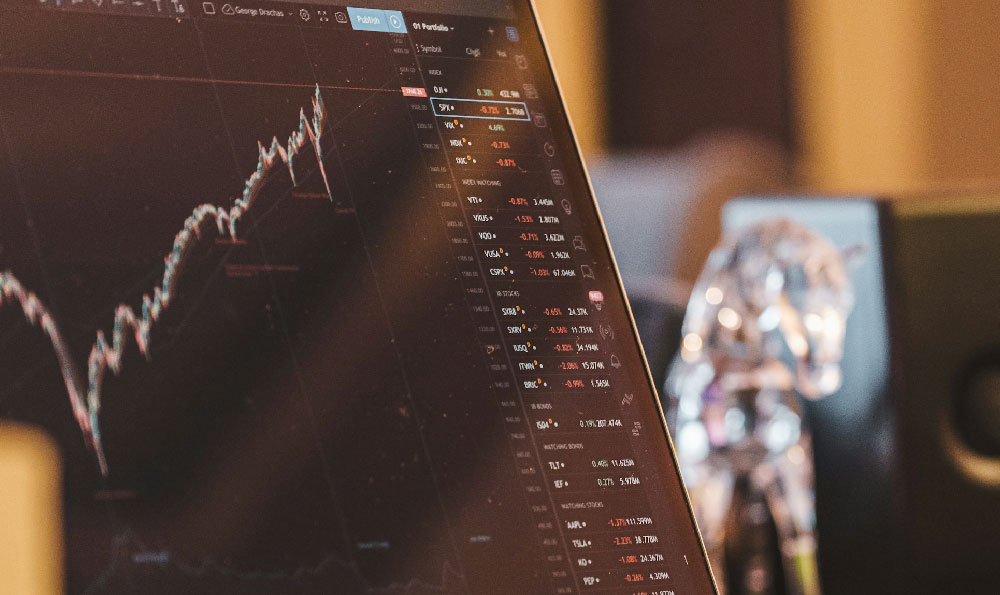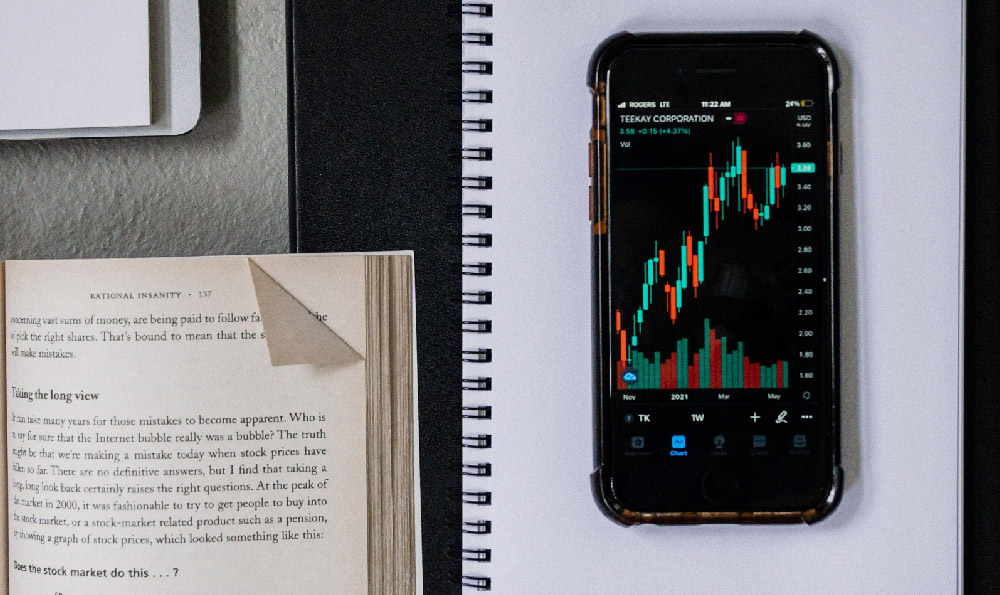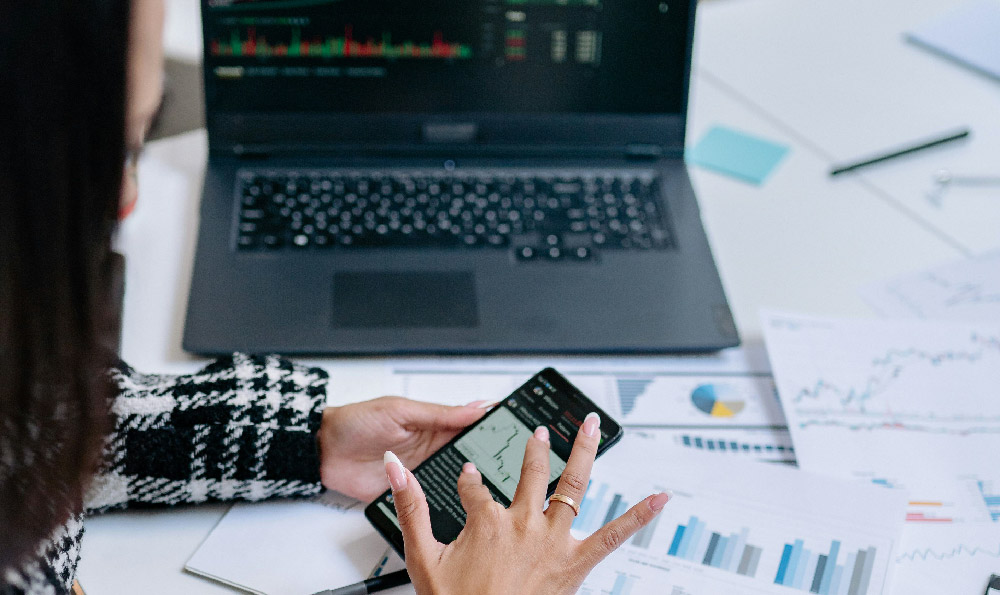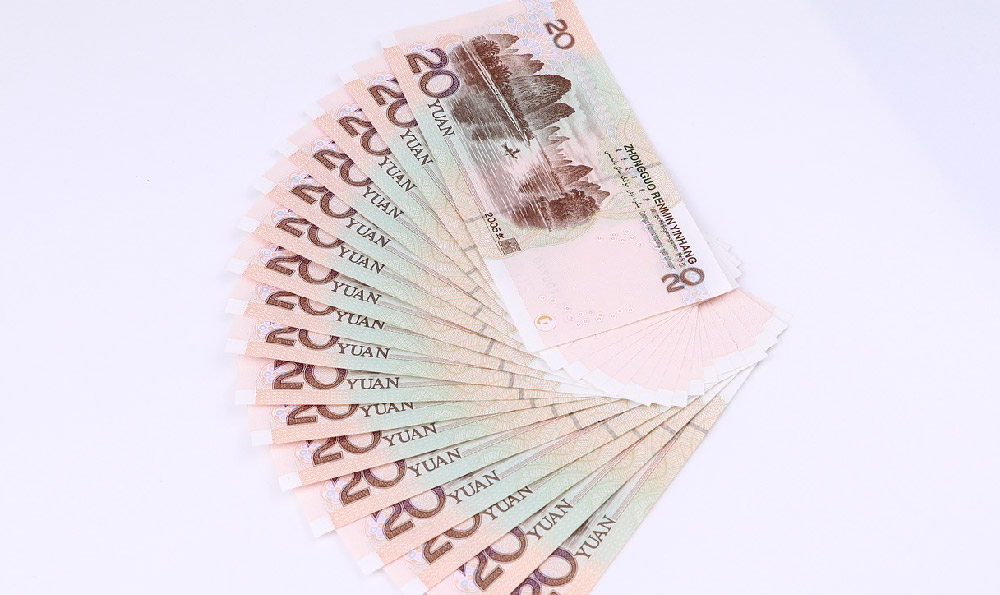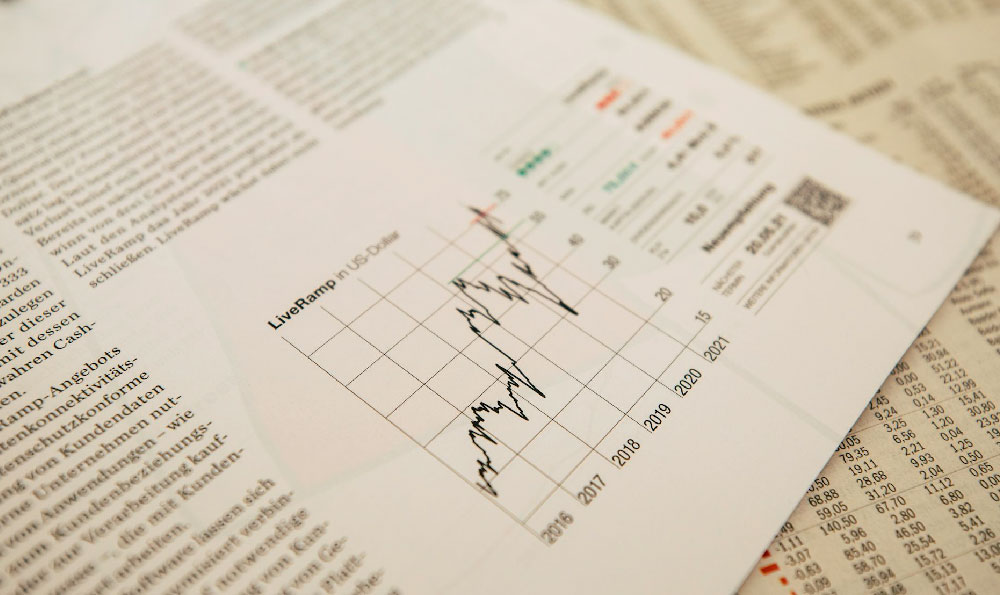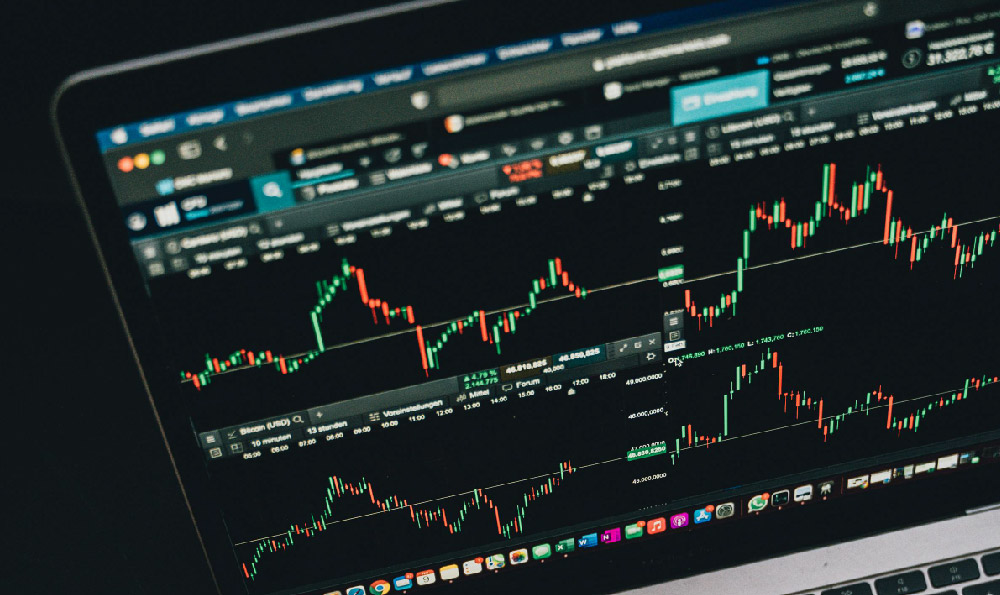Forex trading, or foreign exchange trading, is the process of buying and selling currencies with the aim of profiting from changes in their exchange rates. It's the largest and most liquid financial market globally, offering vast opportunities but also inherent risks. Mastering forex trading and consistently generating profits requires a blend of knowledge, discipline, and a well-defined strategy.
The first step towards profitable forex trading is gaining a solid understanding of the market's dynamics. This involves learning about fundamental analysis, technical analysis, and risk management. Fundamental analysis focuses on macroeconomic factors that influence currency values, such as interest rates, inflation, economic growth, and political stability. By monitoring economic indicators and news events, traders can anticipate potential shifts in currency demand and supply, and subsequently, their prices. For instance, a country with rising interest rates may attract foreign investment, increasing demand for its currency and pushing its value higher. Technical analysis, on the other hand, involves studying price charts and using technical indicators to identify patterns and predict future price movements. Tools like moving averages, trend lines, Fibonacci retracements, and oscillators help traders pinpoint potential entry and exit points. Technical analysis is based on the premise that historical price patterns tend to repeat themselves. Risk management is arguably the most crucial aspect of forex trading. Without a robust risk management plan, even the most accurate predictions can lead to significant losses. Risk management involves setting stop-loss orders to limit potential losses on each trade, calculating position sizes based on risk tolerance and account balance, and diversifying trading strategies to avoid over-reliance on a single market or currency pair. A common rule of thumb is to risk no more than 1-2% of your trading capital on any single trade.
Once you have a grasp of the fundamentals, the next step is to choose a reputable forex broker. A good broker should be regulated by a recognized financial authority, offer competitive spreads (the difference between the buying and selling price of a currency pair), provide a user-friendly trading platform, and offer excellent customer support. Be wary of brokers offering unrealistically high leverage or guaranteed profits, as these are often signs of scams. Leverage allows you to control a larger position with a smaller amount of capital, but it also magnifies both profits and losses. Using high leverage without proper risk management can quickly deplete your account.
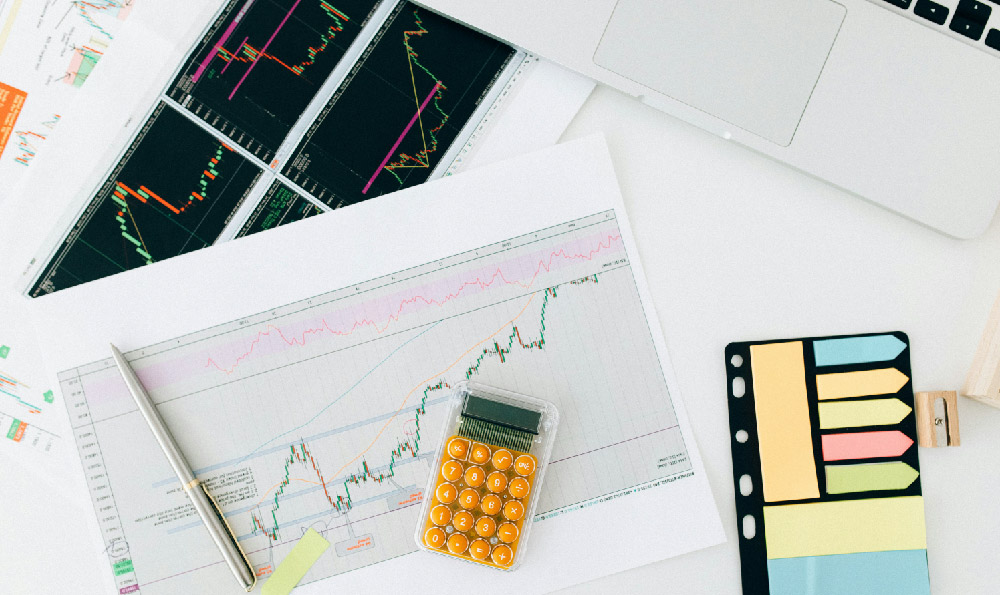
Developing a trading strategy is essential for consistent profitability. A trading strategy is a set of rules that dictate when to enter and exit trades, based on specific technical or fundamental indicators. There are various trading strategies, such as trend following, range trading, breakout trading, and scalping. Trend following involves identifying and trading in the direction of the prevailing trend. Range trading involves buying at support levels and selling at resistance levels within a defined price range. Breakout trading involves entering trades when the price breaks through a significant support or resistance level. Scalping involves making small profits from short-term price fluctuations. The best trading strategy is one that aligns with your personality, risk tolerance, and trading style. Backtesting your strategy on historical data can help you assess its effectiveness and identify areas for improvement.
Successful forex trading also requires discipline and emotional control. It's important to stick to your trading plan, even when emotions are running high. Avoid impulsive decisions based on fear or greed. Emotional trading can lead to poor judgment and costly mistakes. Keeping a trading journal can help you track your trades, analyze your performance, and identify patterns in your behavior. This can help you become more aware of your emotional biases and develop strategies to overcome them.
Continuous learning is paramount in the ever-evolving forex market. Stay updated on market news, economic trends, and new trading techniques. Attend webinars, read books, and follow reputable forex analysts. Networking with other traders can also provide valuable insights and support. Remember that forex trading is a marathon, not a sprint. It takes time, patience, and dedication to master. Don't be discouraged by losses; they are a part of the learning process. Analyze your mistakes, learn from them, and adjust your strategy accordingly.
To actually make money, consider these specific approaches. Starting with swing trading, this approach involves holding positions for several days or weeks to profit from larger price swings. This requires a good understanding of both technical and fundamental analysis to identify potential trends and reversals. Secondly, consider day trading. This style involves opening and closing positions within the same day, aiming to profit from small price fluctuations. It requires quick thinking, disciplined execution, and a focus on technical analysis. A robust internet connection and a reliable trading platform are crucial for day trading. Then there is position trading. This strategy involves holding positions for months or even years, capitalizing on long-term trends. This requires a deep understanding of macroeconomic factors and a patient mindset. Position traders often use fundamental analysis to identify undervalued currencies and capitalize on long-term economic shifts.
Another way to make money is through currency arbitrage. This involves exploiting small price differences between different forex brokers or exchanges. For example, if a currency pair is trading at a slightly higher price on one platform than another, an arbitrageur can buy the currency pair on the cheaper platform and simultaneously sell it on the more expensive platform, pocketing the difference. However, arbitrage opportunities are often fleeting and require sophisticated trading technology.
Finally, consider automated trading systems (Expert Advisors or EAs). These are computer programs that automatically execute trades based on predefined rules and parameters. EAs can be used to automate various trading strategies and can potentially generate profits even when you are not actively monitoring the market. However, it's important to thoroughly test and optimize EAs before using them on a live account. Be wary of EAs that promise unrealistic returns, as many are scams.
In conclusion, forex trading offers the potential for significant profits, but it also involves significant risks. Success in forex trading requires a combination of knowledge, discipline, risk management, and a well-defined strategy. By understanding the market dynamics, choosing a reputable broker, developing a trading plan, managing your emotions, and continuously learning, you can increase your chances of achieving your financial goals through forex trading. Remember that there are no guarantees in the market, but with the right approach, you can consistently improve your skills and increase your profitability over time.


